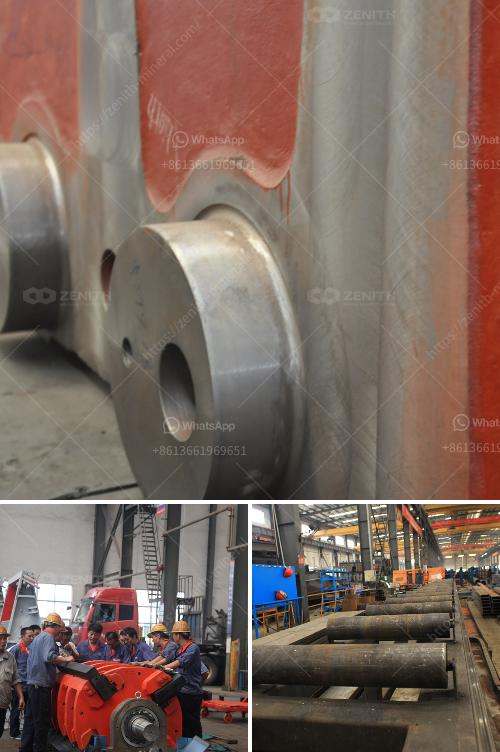The process of mining manganese ore typically involves several stages, including:
Exploration and Prospecting: Geologists use various techniques, such as geological surveys, aerial photographs, and geophysical methods to locate manganese ore deposits.
Planning and Development: Once a potential deposit is identified, detailed surveys and analyses are conducted to determine the size and quality of the ore. Based on these studies, a mining plan is developed, including environmental impact assessments and obtaining necessary permits.
Extraction: There are two primary methods for extracting manganese ore:
Open-pit Mining: This method is used when the ore is located close to the surface. It involves removing the overburden (layers of soil and rock covering the ore) and then using heavy machinery to extract the ore.
Underground Mining: When the ore is found deeper underground, shafts and tunnels are constructed to access the ore. Miners then drill, blast, and transport the ore to the surface.
Crushing and Screening: Once extracted, the ore is transported to a processing plant where it is crushed into smaller pieces and screened to separate the valuable manganese ore from the waste rock.
Concentration: In this stage, the crushed ore undergoes various processes to increase the manganese content. Common methods include gravity separation, magnetic separation, and flotation.
Refining and Smelting: The concentrated manganese ore is then refined through smelting, where it is heated in a furnace in the presence of a reducing agent, like coke, to produce manganese metal or high-purity alloys.
Transport and Shipping: The final product is transported to markets, often via rail or ship, for use in various applications such as steel production, battery manufacturing, and other industrial uses.
Reclamation: After the mining operations are completed, the site is rehabilitated to restore the land to its natural state or prepare it for other uses, such as agriculture or commercial development.
Each of these steps requires careful planning and management to ensure efficiency and minimize environmental impact.

